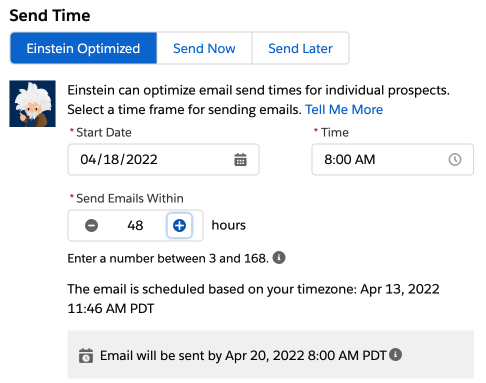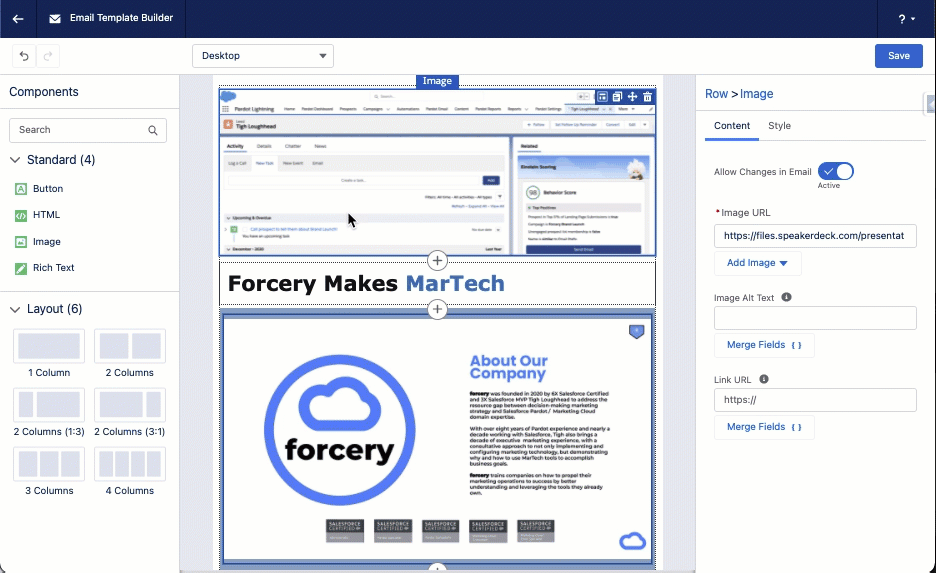Why Use Salesforce CDP?
In the past, businesses had limited channels of direct communication with customers, resulting in fragmented data and inconsistent customer experiences handled by different departments. However, the advent of information and communications technology brought about a multitude of channels, devices, and touchpoints, leading to an explosion of data. Marketers realized the need to harness this vital information to gain in-depth knowledge about their customers, sparking a paradigm shift in marketing strategies.
While data collection and management technologies had been in place since the 1990s, the evolving business landscape demanded a solution that could collect data from multiple sources, organize it, and centralize it into a single customer profile. This marked the emergence of Customer Data Platforms (CDPs) in the early 2010’s, revolutionizing marketing practices by offering a comprehensive 360-degree view of the customer. By 2016, CDPs had solidified their position in the industry, transcending mere software to embody a new marketing mindset. Unified customer profiles enabled the transition from multichannel to omni-channel contact, allowing for hyper-personalized messaging tailored to individual customer behavior and preferences, resulting in a consistent and personalized customer experience.

Source: Raconteur
Looking ahead, data will continue to play an increasingly critical role. The World Economic Forum estimates that by 2025, a staggering 463 exabytes of data will be generated daily worldwide, dwarfing the cumulative information shared by humanity throughout its existence. Companies striving for survival must embrace data culture and enhance their competitive edge. CDPs have become an indispensable tool, and gaining a deeper understanding of their implementation is a crucial step forward.
What is a CDP?
CDP, short for Customer Data Platforms, has ushered in a new marketing paradigm centered around data and customer-centricity. Essentially, CDPs are packaged software solutions designed to gather and consolidate customer data from various sources, ultimately creating comprehensive and unified customer profiles.
But how exactly does a CDP operate? It’s relatively straightforward. Nowadays, CDPs often employ Artificial Intelligence techniques, particularly machine learning, predictive models, statistics, sentiment analysis, frequent patterns, graphs, and more. These advanced methodologies enable marketers to execute highly effective marketing actions by leveraging insights derived from customer behavior trends.
Salesforce CDP represents a suite of comprehensive software solutions specifically designed to aggregate and merge customer data from diverse sources, thereby generating unified and in-depth customer profiles. With Salesforce CDP, businesses can fully leverage the capabilities of the software alongside the potential of the customer relationship management platform, resulting in enhanced connectivity and intelligent data processing. This powerful tool not only empowers marketing efforts but also benefits sales, support, and even executive decision-making, culminating in a seamless single source of information that facilitates the creation and implementation of hyper-personalized marketing campaigns and strategies, ultimately driving customer loyalty.
Why Salesforce CDP is better than the competition?
Salesforce CDP stands out from its numerous competitors, offering significant advantages and differentiating itself in the market.
- With its dual capability as both an Insight and Engagement CDP, it eliminates unnecessary expenses by targeting customers who have already made the intended purchase, while enabling immediate delivery of personalized and flexible offers within the customer’s preferred price range. By adopting this approach, the probability of customer interaction with the offers increases by approximately fivefold. Additionally, Salesforce CDP enables efficient customer categorization, such as identifying “loyal high-spending customers” and “inactive customers,” allowing businesses to tailor their strategies accordingly.
- Salesforce CDP seamlessly integrates and harmonizes the intricate online and offline behaviors of your customers, enabling the compilation of their activities and preferences into comprehensive profiles. This valuable data can be effortlessly analyzed and segmented based on real-time customer behavior, empowering targeted audience activation to enhance engagement among existing and prospective customers. Leveraging a set of customizable rules and the power of Einstein AI, Salesforce CDP unlocks the potential for personalized and impactful marketing initiatives.
- By harnessing its robust capabilities, Salesforce CDP empowers your marketing team to isolate and analyze multidimensional KPIs derived from your data, providing invaluable insights of extraordinary value.
- Salesforce CDP offers a robust segmentation capability that spans across four key areas:
- Geographical: Recognizing the influence of climate on consumption patterns, including clothing and food preferences. Factors like location (rural or urban) drive significant variations in consumption habits, product preferences, and purchase frequency.
- Demographic: Understanding the importance of personalizing offers based on age, gender, race, occupation, and other demographic attributes. This knowledge is essential for crafting targeted promotions, such as tailored offers for specific sports equipment based on the customer’s preferences and characteristics.
- Psychographic: Considering the beliefs, values, and cultural sensitivities of potential customers. Taking into account these factors prevents the delivery of inappropriate offers that may clash with customers’ religious or cultural practices, ensuring respectful and relevant interactions.
- Behavioral: Identifying the optimal timing and preferences for customer spending. Factors like holidays, tax benefits, and individual purchasing behaviors play a critical role in determining when and on which products customers are most likely to invest their money. This understanding enables businesses to tailor promotions and optimize marketing strategies accordingly.
- Salesforce CDP ensures seamless compatibility with major systems and applications, including Salesforce Marketing Cloud, Service Cloud, Interaction Studio, Commerce Cloud, Datorama, and Loyalty Management. These integrations are fully accessible from within Salesforce CDP, enabling effortless data flow and functionality. For existing users of Salesforce products, native connectors facilitate seamless integration with Salesforce CDP without the need for extensive pre-coding. Furthermore, Salesforce CDP offers integration with the AWS cloud (Amazon Web Services) and grants access to AppExchange with a range of available applications. It guarantees a robust connection with external applications, including ERP systems. Moreover, Salesforce CDP continually expands its API, empowering developers to integrate more freely and in real-time with the CDP platform.
- With Salesforce CDP, updating your information becomes effortless, saving you valuable time. The platform enables easy editing of its data model objects (DMO), allowing you to swiftly make changes to your data structure. Additionally, Salesforce CDP offers the convenience of copying and transferring complete segments, including their descriptions, information, and filters, to new segments. This eliminates the need to meticulously review and re-enter the acquired information, streamlining the process and reducing effort.
- Salesforce CDP simplifies data collection and communication in the cloud, leveraging the cloud information model (CIM). It allows you to seamlessly integrate data from various sources, even if they have different structures and formats. By standardizing data interoperability between cloud applications, the CIM ensures smooth data integration. The model organizes content into domains or subject areas, representing essential business concepts.
In summary, Salesforce CDP has emerged as a powerful tool for marketers and organizations at large. Customer Data Platform offers a comprehensive 360-degree view of all customers within a single, easily manageable, and intelligently segmented space.









